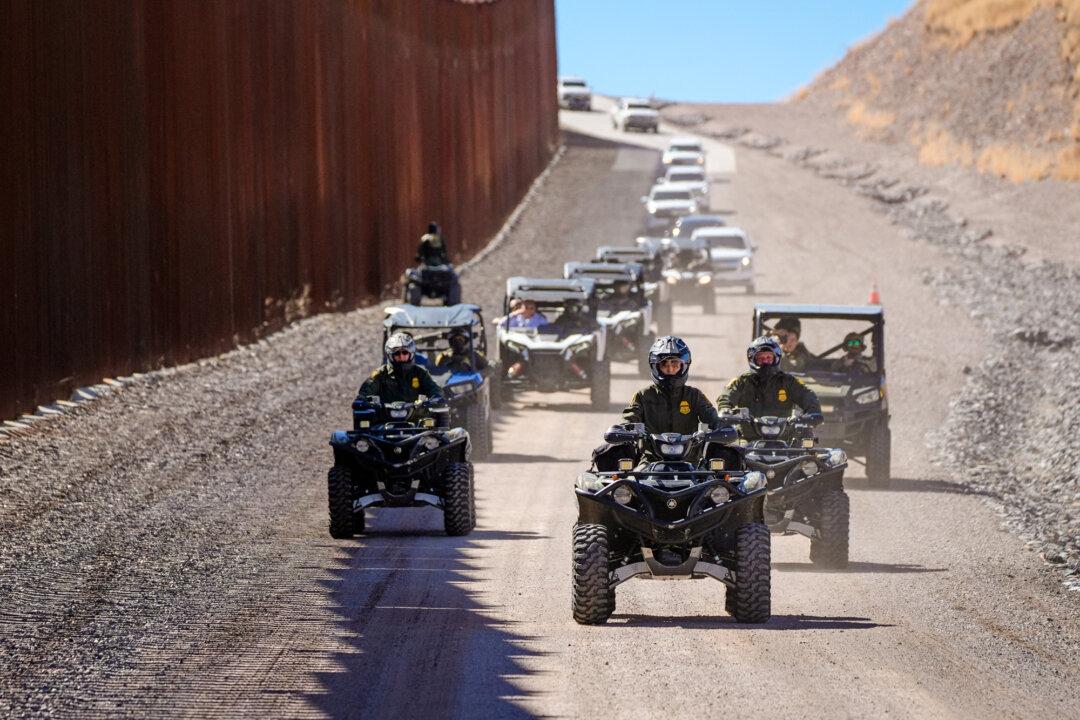A would-be assassin’s attempt on President-elect Donald Trump’s life at a Butler, Pennsylvania, campaign rally was enabled by “preexisting conditions and leadership failures” within the U.S. Secret Service, a House task force has found.
The panel was tasked with investigating the July 13 shooting and a second assassination attempt against Trump that took place on Sept. 15 at his West Palm Beach golf club in Florida.





